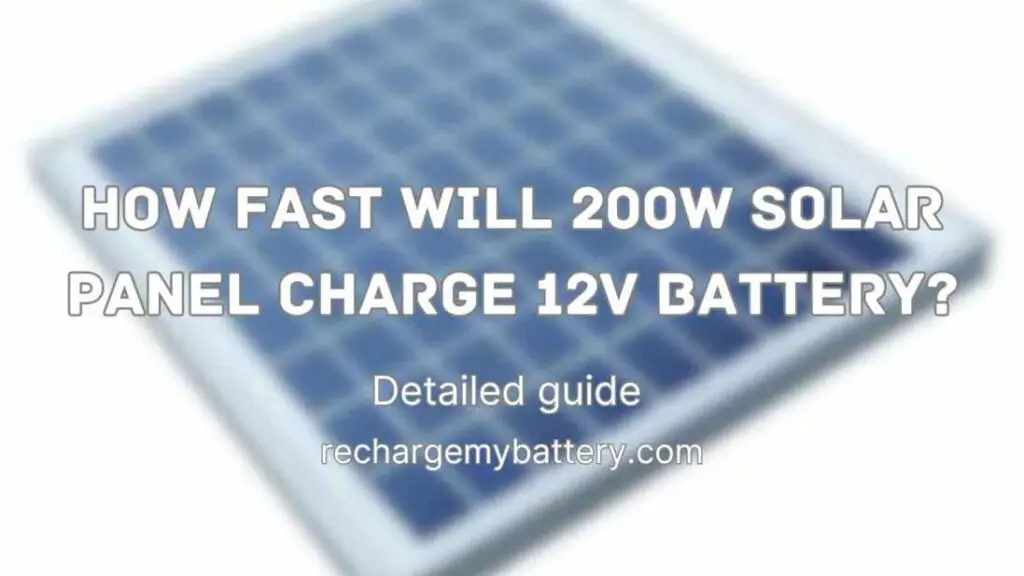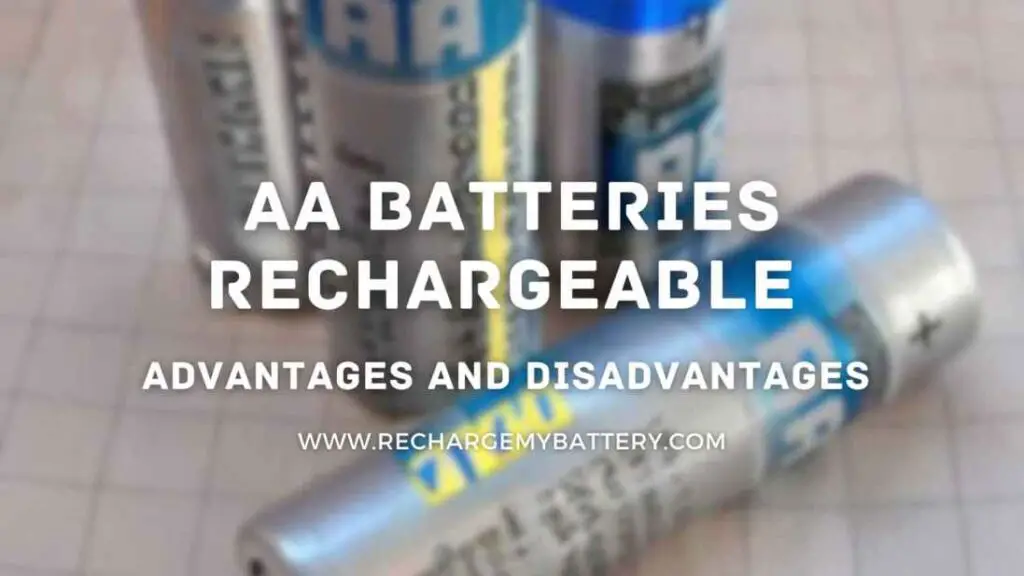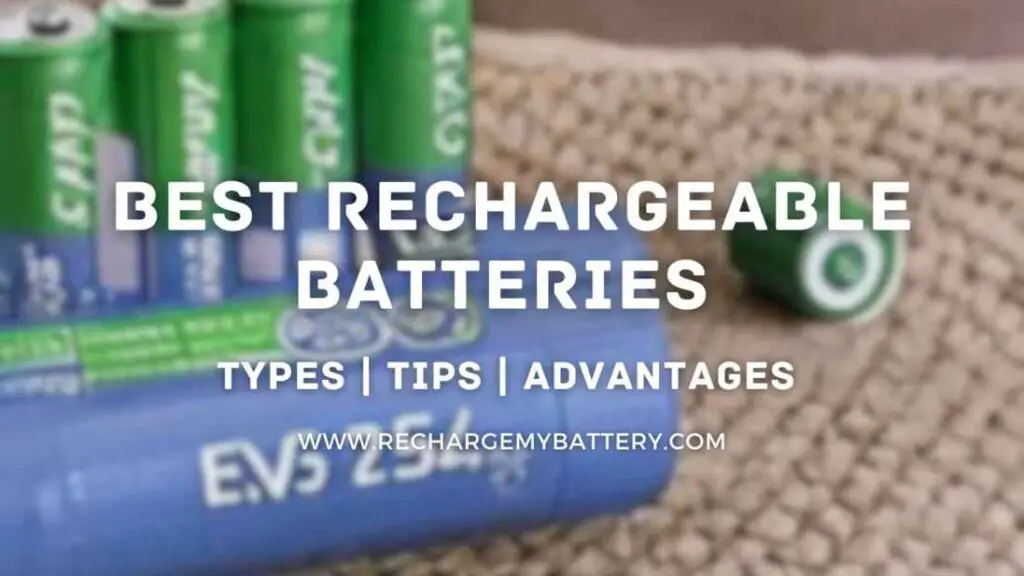Solar power has become increasingly popular for harnessing renewable energy, particularly in off-grid situations. Many people wonder about the charging speed of a 200-watt solar panel when used to charge a 12-volt battery.
In this article, we will explore the factors that influence charging time and provide a comprehensive overview of the charging process.
Understanding Solar Panels and Battery Charging
Solar panels are an essential component of generating electricity from sunlight. Composed of photovoltaic cells, they convert sunlight into electrical energy. This energy can be utilized to power devices directly or stored in batteries for future use.
Charging a 12-volt battery with a solar panel depends on the panel’s power output and the battery’s capacity, which are key factors in the charging process.
Factors Affecting Charging Time
Several factors contribute to the charging time of a battery when using a 200-watt solar panel. Consider these factors for an accurate estimation of the charging duration:
1. Solar Panel Efficiency
The efficiency of the solar panel determines how well it converts sunlight into electricity. Higher efficiency panels generate more power in a given time, resulting in faster charging.
2. Sunlight Intensity
The intensity of sunlight directly impacts the panel’s output. Bright and direct sunlight provides optimal conditions for maximum power generation, accelerating the charging process.
3. Battery Capacity
The capacity of the 12-volt battery is a significant factor. Batteries with larger capacities require more time to charge fully, even with a 200-watt solar panel.
4. Charging Method
The charging method employed, including the charge controller and charging algorithms, can optimize the charging process and potentially reduce the overall time required.
Calculating Charging Time for a 200-Watt Solar Panel
Calculating the charging time for a 200-watt solar panel charging a 12-volt battery involves converting the panel’s power output to amperes and dividing the battery’s capacity by the current. Here’s the step-by-step process:
- Convert panel power output to amperes: Current (A) = Power (W) / Voltage (V) = 200 W / 12 V ≈ 16.67 A
- Estimate the charging time: Charging Time (hours) = Battery Capacity (Ah) / Current (A)
Please note that the accuracy of the estimated charging time may vary depending on various factors such as panel efficiency, sunlight intensity, and battery characteristics.
Real-World Considerations
Real-world considerations can affect the actual charging time of a 200-watt solar panel charging a 12-volt battery. It’s important to keep the following factors in mind:
1. Losses and Inefficiencies
The energy conversion process in solar panels and charge controllers can introduce losses and inefficiencies, slightly extending the charging time compared to ideal calculations.
2. Optimal Charging Conditions
The calculated charging time assumes ideal conditions, including direct sunlight, optimal panel orientation, and minimal shading. Real-world factors like weather conditions and panel positioning can impact the actual charging time.
Considering these real-world factors ensures a more accurate understanding of the charging process and helps manage expectations regarding the time required for a full charge.
Tips for Efficient Battery Charging
To efficiently charge a battery using a 200-watt solar panel, consider the following tips:
- Use High-Efficiency Solar Panels: Investing in solar panels with high-efficiency ratings can maximize power generation and shorten the charging time.
- Optimize Panel Placement: Position the solar panel at the optimal angle and direction to capture the maximum amount of sunlight throughout the day.
- Minimize Shading: Ensure that the panel is free from any obstructions or shading, as shadows can reduce the panel’s power output and prolong charging time.
- Utilize MPPT Charge Controllers: MPPT charge controllers are designed to extract the maximum available power from the solar panel and optimize the charging process, resulting in faster charging times.
Implementing these tips can help you make the most of your solar panel’s power output and reduce the overall time required to charge your battery efficiently.
Conclusion
In conclusion, the charging time of a 200-watt solar panel for a 12-volt battery is influenced by various factors. While calculations provide estimates, real-world conditions and losses should be considered.
By using efficient solar panels, optimizing panel orientation, minimizing shading, and utilizing MPPT charge controllers, you can improve the efficiency of battery charging and enjoy the benefits of solar power. Remember to account for real-world variables to achieve optimal results.
Thank you so much for reading this article.
FAQs
Q1. How can I improve the charging speed of a 12-volt battery using a 200-watt solar panel?
Q2. Can a 200-watt solar panel charge multiple 12-volt batteries?
Q3. How does weather affect the charging time of a 200-watt solar panel?
Q4. What is the lifespan of a 12-volt battery charged by a 200-watt solar panel?
It is essential to look at all these factors collectively when assessing and managing the lifespan of a battery.
Q5. Can I connect a 200-watt solar panel directly to a 12-volt battery?
By monitoring the battery’s voltage and adjusting the charging current accordingly, the charge controller ensures optimal charging efficiency and protects the battery from potential damage caused by excessive charging.
It is an essential component in solar power systems, contributing to the safe and efficient operation of the charging process.


